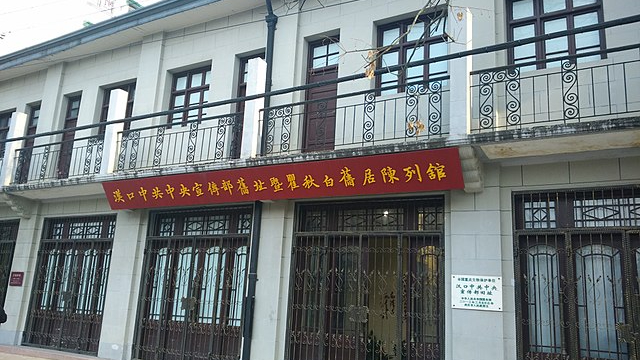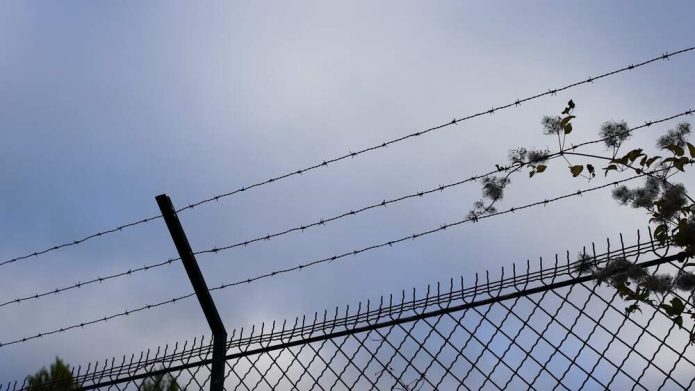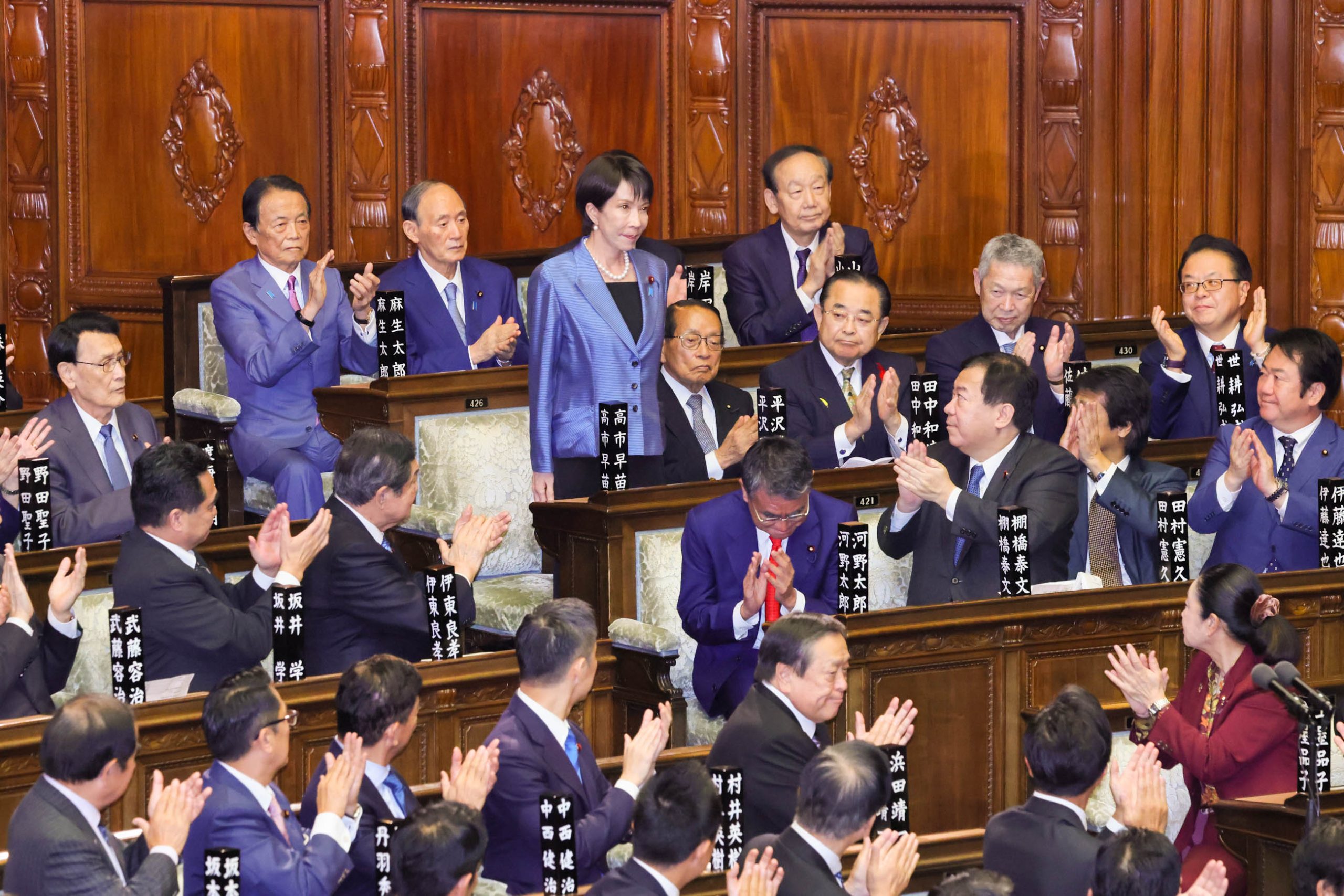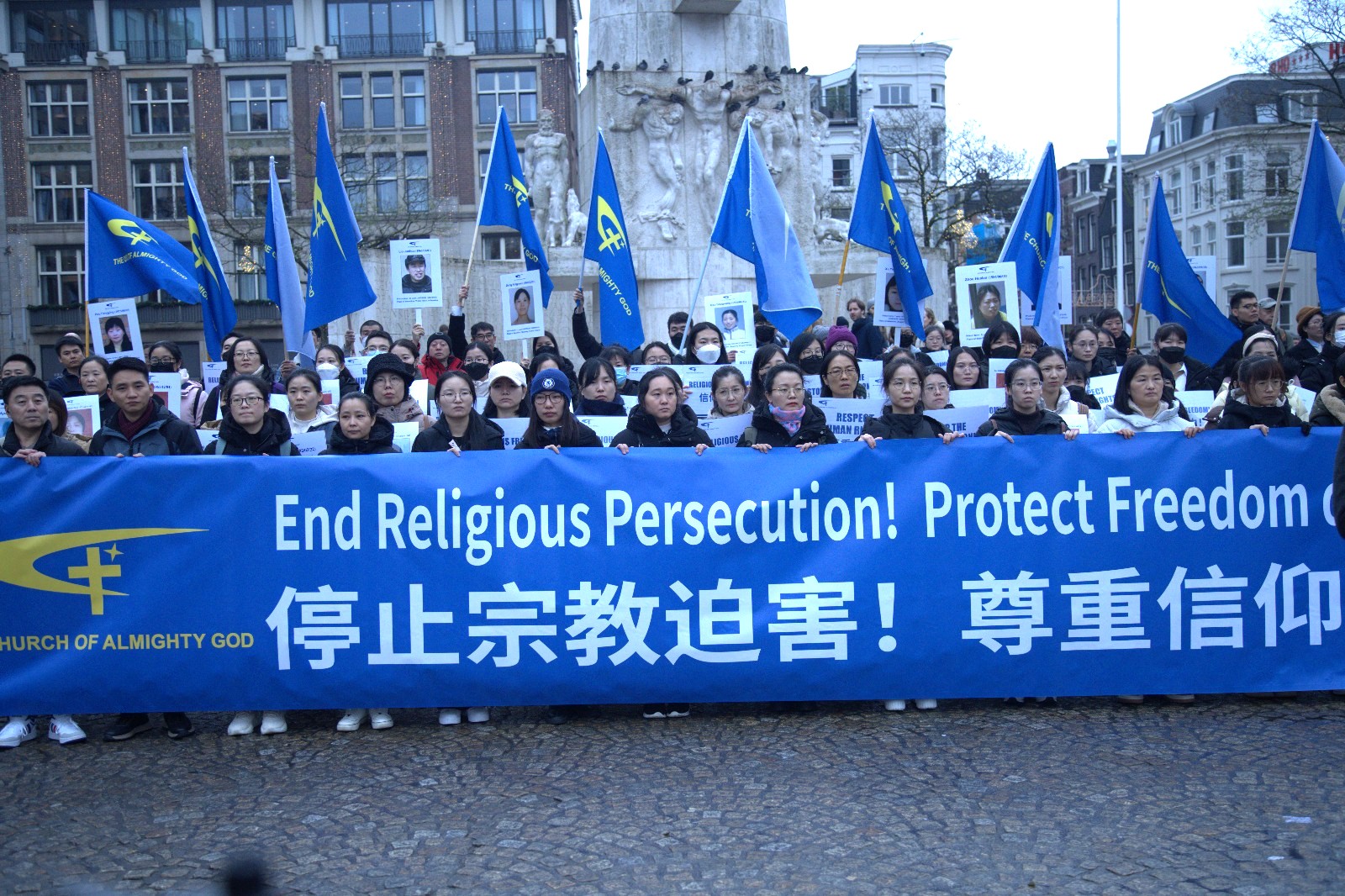
This month China reported to the U.S. Department of Justice that one of its English language publications has paid $19 million to U.S. media since November 2016, including $12 million in payments to major U.S. newspapers like The Washington Post and The Wall Street Journal.
The ad purchases by the official China Daily news outlet are a small measure of Beijing’s global influence campaign. The China Daily ads, called “China Watch,” often appeared as clearly identified inserts in the newspapers. Though similar to multipage newspaper ads from advertisers such as real estate developers or supermarkets, “China Watch” looks more like real news reports whose stories usually put a positive spin on life in China and its policies to boost the image of the Chinese Communist Party (CCP).
On its website, China Daily described “China Watch” as a monthly publication with a global circulation of 4 million.
The Daily Caller first reported the multimillion-dollar expenditures on June 8, based on an 86-page Justice Department filing dated June 1.
This was not the first time the official China Daily had filed figures with the Department of Justice. It was designated as a foreign agent in 1983 and has been required to report its financial transactions under the Foreign Agents Registration Act (FARA) since then.
Payments to US newspapers
The June filing was unusual for the details it provided. In the past the CCP-controlled newspaper provided a total amount of expenditures without itemized figures. But earlier this year, a group of 35 U.S. Republican lawmakers, led by Representative Jim Banks of Indiana and Senator Tom Cotton of Arkansas, accused China Daily of violating FARA requirements by failing to report its U.S. operations in detail.
The details revealed China Daily paid The Wall Street Journal a total of almost $6 million, The Washington Post nearly $4.6 million, The New York Times $50,000, as well as Twitter more than $260,000, from November 2016 to April 2020.
The filing comes during a tense period in Washington-Beijing relations amid worries about foreign meddling in the 2020 U.S. presidential campaign. And it comes after China Daily’s advertising drew attention during the hotly contested 2018 midterm elections when China Daily purchased a four-page “China Watch” insert in The Des Moines Register, the leading newspaper in Iowa. The latest FARA filing document shows the Chinese publication paid $34,600 to The Des Moines Register for this one-time advertising in September 2018.
In it, China Daily criticized President Donald Trump’s tariff measures and emphasized the benefits of free trade for Iowa farmers, prompting a strong response from Trump, attacking China for meddling in the election.
At the time, an Iowa State University study suggested the state’s agricultural sector could take a $2.2 billion hit because of the trade war.
The New York Times in an email statement to VOA Mandarin said it stopped accepting branded content ads from state-run media at the beginning of 2020 and stressed that at no time had the advertising influenced its coverage of China. The statement noted that its 2012 report on the hidden wealth of the family of China’s prime minister led to all of its platforms being blocked in China from then on.
Twitter said it changed its advertising policy in August 2019 and no longer accepts state media buys. “We also recently disclosed information operations attributed to China to the only public archive of this activity in the industry,” Twitter told VOA Mandarin, adding it had suspended 23,750 core accounts and about 150,000 “amplifier” accounts that were “tweeting predominantly in Chinese languages and spreading geopolitical narratives favorable to the Chinese Communist Party, while continuing to push deceptive narratives about the political dynamics in Hong Kong.”
China Daily’s June 1 FARA filing shows that its ad payments to The Washington Post, The New York Times and Twitter have stopped since late 2019. The Wall Street Journal and the online publication Foreign Policy are the only two shown in the documents that continued to accept the Chinese money as of the April 2020 end of the filing period. These two outlets have not returned VOA Mandarin’s request for comments.
Misreading the media
Jonathan Hassid, a political science professor at Iowa State University, said that the CCP got the U.S. media wrong.
“The Chinese Communist Party doesn’t really fundamentally understand how Western societies and Western media works,” he told VOA Mandarin recently in a video call.
“They think that Western media just looks like the Chinese media. And so [they] try to influence them in the same way. This, of course, is a fundamental misreading of the situation. And fundamentally, I mean, their credibility is poor around the world and growing worse. … The COVID situation, obviously, helped not at all.”
A poll conducted March 3-29, as the COVID-19 pandemic was reaching the U.S., found that roughly two-thirds of Americans have a negative view of China. This is the highest level since the Pew Research Center started conducting the annual survey in 2005. Only about a quarter in the U.S. report a favorable attitude toward Beijing. The most recent survey shows that 90 percent of Americans see China’s influence and power as a threat.
A 2019 Pew Research poll showed this continued a negative slide in U.S. public opinion, when 60 percent of Americans had an unfavorable opinion of China, up from 47 percent in 2018.
Between February and this week, State Department has designated nine Chinese state media as foreign missions, including the China Daily Distribution Corp. The entities with such designation must adhere to certain requirements that are applied to foreign embassies and consulates in the U.S., like providing detailed employee and real estate information.
Sarah Cook, a senior research analyst for China, Hong Kong and Taiwan with Freedom House, pointed out that although China’s propaganda campaign in the U.S. has had little effect in terms of moving public opinion into a positive light, it has had a deep impact in other areas, especially in Chinese-speaking communities outside China.
According to a May 19 Brookings Institution blog post, “Chinese agents are creating fake social media accounts akin to Russia-backed trolls to push out false messages that are designed to create chaos in the United States.”
One Chinese message from mid-March — when rumors and fear surrounded the spread of the coronavirus in the U.S. — said Trump was going to lock down the entire country, according to The New York Times.
“They will announce this as soon as they have troops in place to help prevent looters and rioters,” said one message citing a source in the Department of Homeland Security.
The White House’s National Security Council tweeted the lockdown messages were fake.
Source: VOA












